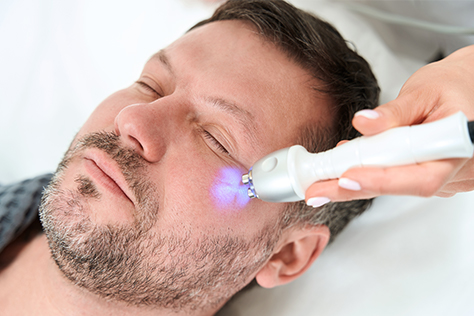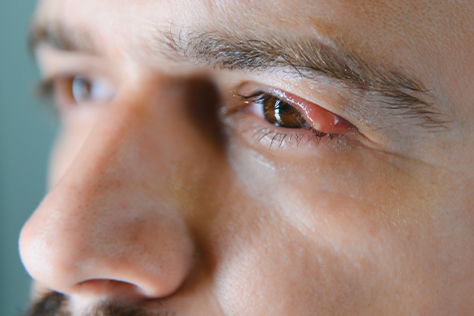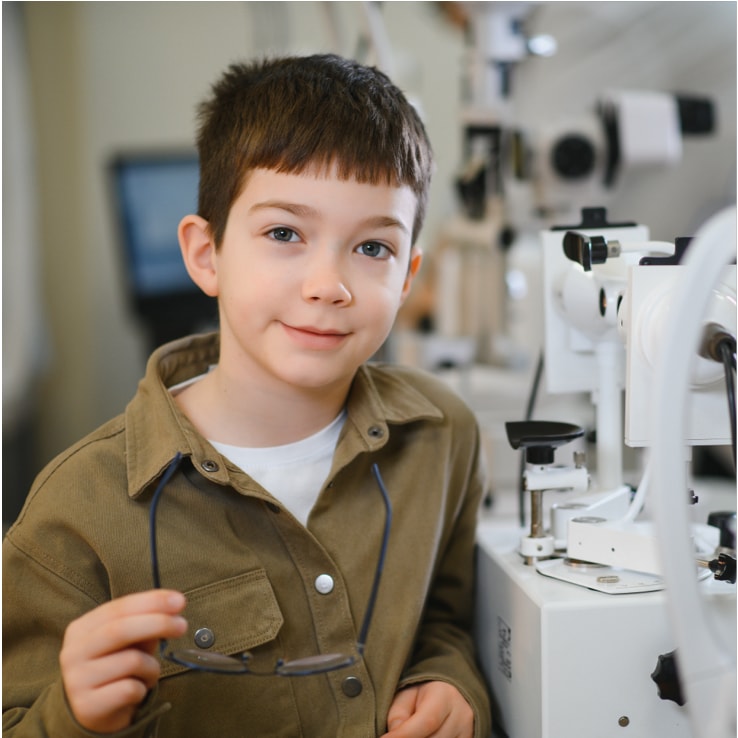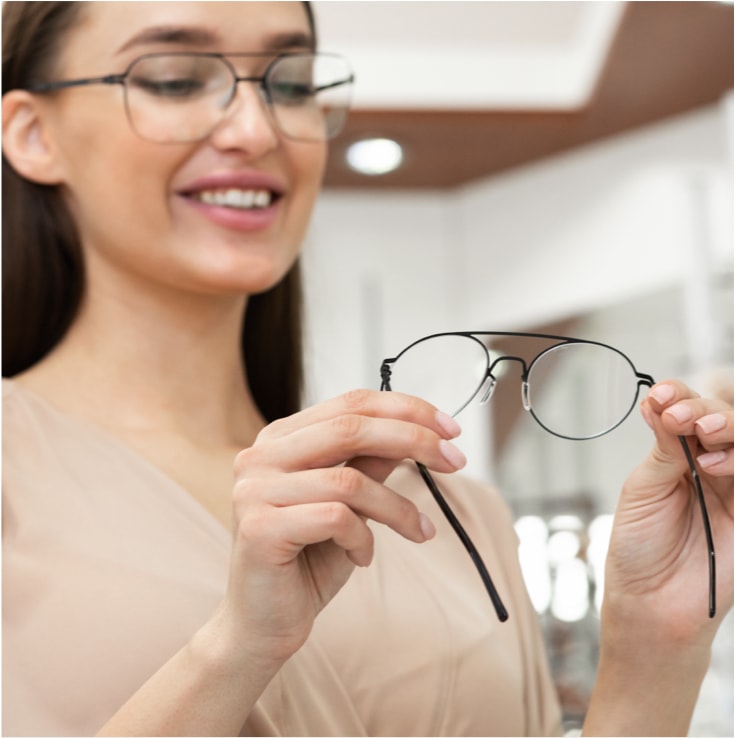
Dry Eye Relief That Goes Beyond Eye Drops
Dry eye can affect far more than just your comfort. It can interfere with your focus, your mood, and even your daily routine. At Grove Eye Care, we offer modern diagnostics and a wide range of in-office therapies to help you find meaningful, lasting relief.
Our team uses tools like the Oculus Keratograph 5M, osmolarity testing, and meibography to better understand what’s causing your symptoms. From there, we can recommend targeted treatments such as OptiLIGHT by Lumenis and radiofrequency therapy through InMode Lumecca and Forma, just to name a couple!
Whether your dry eye is linked to meibomian gland dysfunction (MGD), screen time, or seasonal triggers, we’ll take the time to create a treatment plan that fits your needs and lifestyle. Take the first step towards real relief—contact us to book your dry eye consultation today.
Request AppointmentWhat Is Dry Eye?
Dry eye occurs when your tears don’t provide enough moisture or protection for the surface of your eyes.
The tear film plays a vital role in maintaining eye health and clear vision. It consists of 3 key layers: mucus, water, and oil. These components must work together in harmony to keep the eyes properly lubricated and functioning. When this balance is disrupted, it can lead to dry eye syndrome.
Dry eye may begin with mild discomfort but can worsen over time. It can affect daily activities, making screen use, contact lens wear, and even routine tasks increasingly difficult. In more severe cases, it may require significant lifestyle adjustments to manage symptoms.


Common Dry Eye Symptoms
You don’t have to be in constant discomfort to have dry eye. If you’re experiencing any of these signs or symptoms, it’s worth getting checked:
- Burning, stinging, or gritty sensation
- Redness or watery eyes
- Blurred or fluctuating vision
- Eye fatigue or heaviness
- Light sensitivity
- Difficulty wearing contact lenses
What Causes Dry Eye?
Dry eye disease often develops due to a combination of lifestyle, environmental, and medical factors. One of the most common causes is meibomian gland dysfunction (MGD), which affects the oil-producing glands in your eyelids. These oils are critical for preventing tears from evaporating too quickly.
Other causes include:
- Digital screen use (reduced blinking)
- Aging or hormonal changes
- Certain medications (e.g., antihistamines, antidepressants)
- Contact lens wear
- Autoimmune conditions
- Dry or windy environments
- Dermatological conditions like rosacea
Getting Dry Eye Diagnostics Right
Understanding what’s causing your dry eye is the first step toward effective treatment. At Grove Eye Care, we use a full suite of in-depth diagnostic tools to evaluate your tear quality, quantity, and eyelid function:
- Meibography: Images the structure of your meibomian glands
- Oculus Keratograph 5M: Noninvasive imaging and tear film analysis
- Automated & Subjective TBUT: Tear break-up time measurement
- Schirmer’s Test: Measures tear volume
- Fluorescein staining: Highlights damage to the eye’s surface
Supportive Dry Eye Therapies
Along with our in-office treatments, we offer a wide range of supportive therapies to help you find relief:
- Medicated eye drops: Target inflammation or increase tear production
- Eye masks: Moist heat therapy for at-home symptom relief
- Omega-3 supplements: Improve oil production and tear stability
- Punctal plugs: Help retain natural tears by blocking drainage

Treating Dry Eye Disease at the Source
We offer a range of treatments that go beyond lubricating drops, targeting the underlying causes of dry eye, especially meibomian gland dysfunction and inflammation. These treatments support lasting relief by improving gland performance, reducing inflammation, and restoring tear film stability.

Pharmaceutical Options for Dry Eye
For patients needing targeted medical treatment, several prescription options can help manage dry eye symptoms and support long-term eye health:
- Tyrvaya® – A nasal spray that stimulates natural tear production to relieve dryness and irritation.
- Miebo® – Topical treatment designed to improve meibomian gland function, supporting healthier tear film.
- Xdemvy® – Addresses ocular surface inflammation, helping reduce discomfort and chronic dry eye symptoms.
- Tryptr® – Addresses neuropathic ocular pain
- Cyclosporine-based drops – Medications like Restasis®, Cequa®, and Xiidra® reduce inflammation and improve tear production.
These prescription options are often used alone or alongside in-office treatments to help us create a comprehensive, personalized dry eye care plan.
Before and After IPL/RF

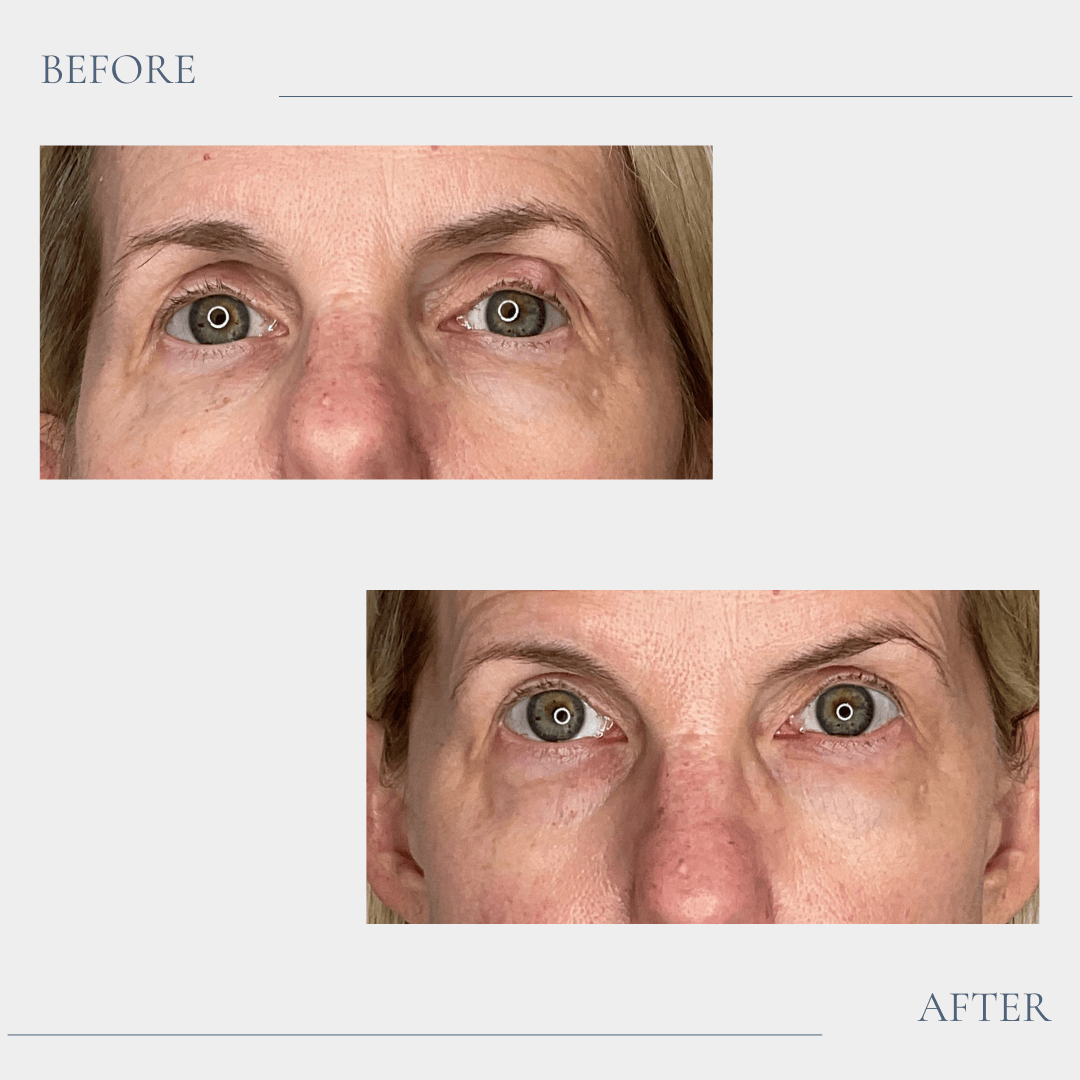
Start Feeling Relief from Dry Eye
Living with dry eye can be frustrating, but you don’t have to manage it alone. At Grove Eye Care, we take a personalized, medical approach to dry eye therapy, combining modern diagnostics with in-office treatments.
Whether your symptoms are mild or severe, we’re here to help you find real, lasting relief. Contact us to book your dry eye consultation today!
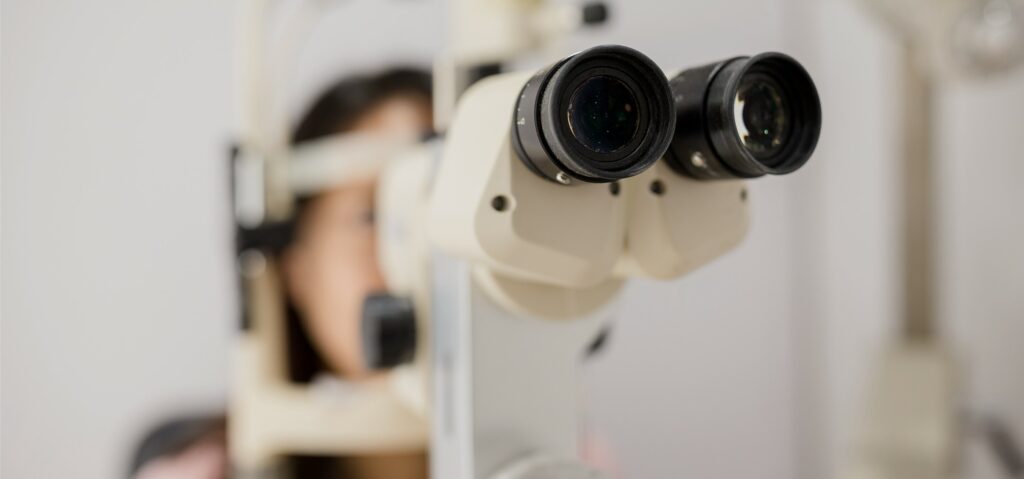
Richmond
Our Address
- 3601 Grove Ave
- Richmond, VA 23221
Contact Information
- 804-353-3937
- 804-358-1395
- frontdesk@groveeyecare.com
Hours of Operation
Midlothian
Our Address
- 14431 Sommerville Ct, Suite B
- Midlothian, VA 23113
Contact Information
- 804-888-8998
- 804-888-8999
- frontdesk@groveeyecare.com
Hours of Operation

What Our Patients are Saying
Wonderful experience from my initial call through to making my next appointment! The office team are friendly, professional, efficient, and kind. Dr. Deese took the time to listen to my concerns, examine my eye, explain my treatment plan and answer any questions. He is super personable and clearly very knowledgeable. I highly recommend the practice!
Michele
I’ve been coming here for a few years, but my former eye doctor retired last year, so my most recent appointment was with Dr. Wong. He was very thorough. I appreciated him indulging all my questions about the purpose of each machine, as well as, how different parts of the eye function. Great, seamless appointment.
Peighton
Dr Parsons is delightful. I’ve been going to Grove Eye Care for many years and when my doctor retired I was thinking maybe I’d look for someone closer to my home. But after meeting her and her caring professional team, I decided to stay…and am very happy I did!
Kathie
Dr. Parsons has been taking care of me and my family for years. The staff is amazing and very welcoming every time that I visit. They have state of the art equipment and technology. Dr. Parsons takes the time to thoroughly examine my eyes and she explains what she is doing step by step. The entire office is very clean and the environment is awesome!
Chaz
Top Notch! I had very nice experience. All the staff were very professional. My appointment on time. I was treated with the upmost of care and respect. All the care I was given was explained step by step not just of tests, but the why they were being done. My doctor made sure I understood the purpose of my whole exam. I was blown away by the attention I received. I appreciate their care.
Johnie
This was my first visit to your office. Everyone was helpful, polite positive and seem to enjoy their jobs. The girls at the front desk were fantastic. One even let me borrow her air pump to pump up my motorcycle tire. The doctor and the assistant eye specialist were excellent. Everything was explained to me and done in a professional manner.
Steven





